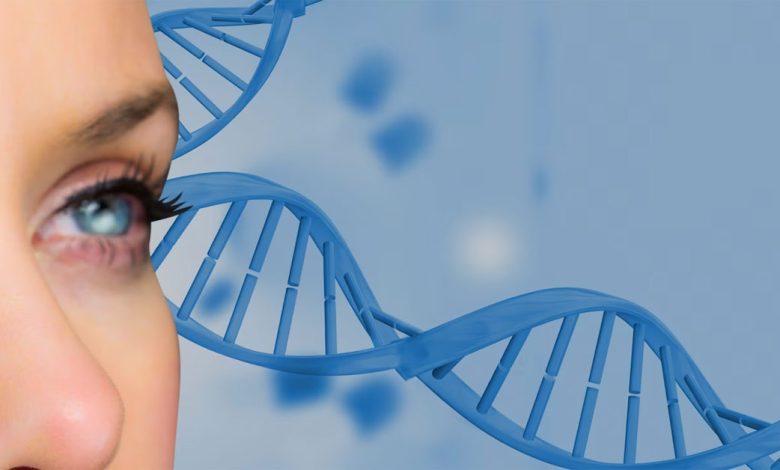Daily Current Affairs for UPSC
Genetic factors influencing the Human nose
Syllabus- Science [GS Paper-3]

Context- The genetic factors that influence the human nose have been the subject of recent research by a team of scientists from Fudan University and the University College London, in collaboration with researchers from all over the world.
Key Highlights
- The Study of Genetics:
-
-
- The review examined 2D pictures and estimated distances between facial milestones in north of 6,000 Latin American people.
- The study discovered 42 brand-new genetic loci linked to the nose, 26 of which were replicated in Asian, European, and African populations.
- The location of a particular gene on the human chromosome is known as a “locus,” or multiple “loci.”
- Midface height was found to be influenced by a single locus, 1q32.3, previously linked to Neanderthal genetic contributions.
- The 1q32.3 locus contains the quality ATF3 (enacting record factor 3), which is managed by the forkhead box L2 (FOXL2) quality associated with skull and facial turn of events.
-
- The Neanderthals’ Legacy:
-
-
- Hereditary proof recommends that Neanderthals and early people interbred, prompting the introgression of Neanderthal genomic arrangements into the human populace.
- Svante Pääbo, an evolutionary geneticist who won the Nobel Prize for Physiology and Medicine in 2022, has made significant contributions to our understanding of the interbreeding between modern humans and archaic hominids like Neanderthals and Denisovans.
- Our species has been permanently impacted by this interbreeding, affecting a variety of traits and disease susceptibility.
- The genetic legacy of this interbreeding event is highlighted by the fact that non-African populations today contain about 1% to 2% Neanderthal DNA.
- Neanderthal genetic contributions have been linked to the way humans respond to pathogens, their susceptibility to certain skin and blood conditions, cancer, and even depression, in addition to the shape of their noses.
- The review features the developing collection of proof demonstrating the significant effect of Neanderthal and Denisovan genomes on present day human science and wellbeing.
-
- Genomic Research’s Future:
-
- An exciting new area of genomic research is the study of interbreeding events and their consequences.
- As additional investigations add to how we might interpret the exchange among old fashioned and current human genomes, we will acquire a more exhaustive image of our hereditary legacy.
- The study of diseases could be revolutionized by this information, which could also help us better appreciate the intricate web of human genetic diversity.
Who are Neanderthals?
-
- Neanderthals lived in Eurasia from roughly 400,000 to quite a while back.
- They were a species of ancient humans with a common ancestor, making them closely related to modern humans.
- Physical Specifications:
-
-
- Neanderthals had a strong form and a robust build, adjusted for endurance in colder conditions.
- Their distinct physical characteristics included:
- Prominent brow ridge.
- Large nose.
- Receding chin.
-
- Tools and Skills:
-
-
- Neanderthals were talented trackers and toolmakers.
- They used stone devices and weapons for different purposes, mirroring their flexibility and cleverness.
-
- Cultural affluence:
-
- Neanderthals had a sophisticated culture, as shown by the following:
- Symbolic behavior like personal ornaments and cave paintings Burial rituals that show that people were aware of death and might have spiritual beliefs
- artistic expressions that demonstrate their ability to think creatively and critically.





.png)



